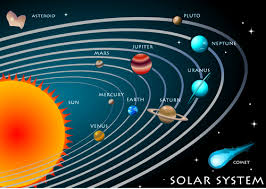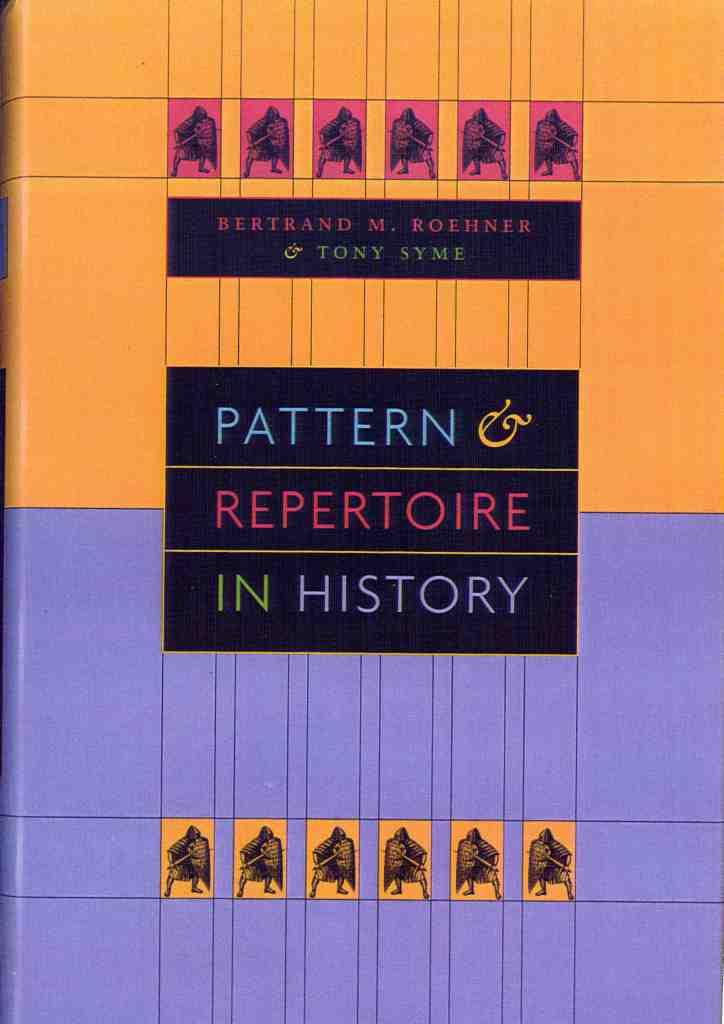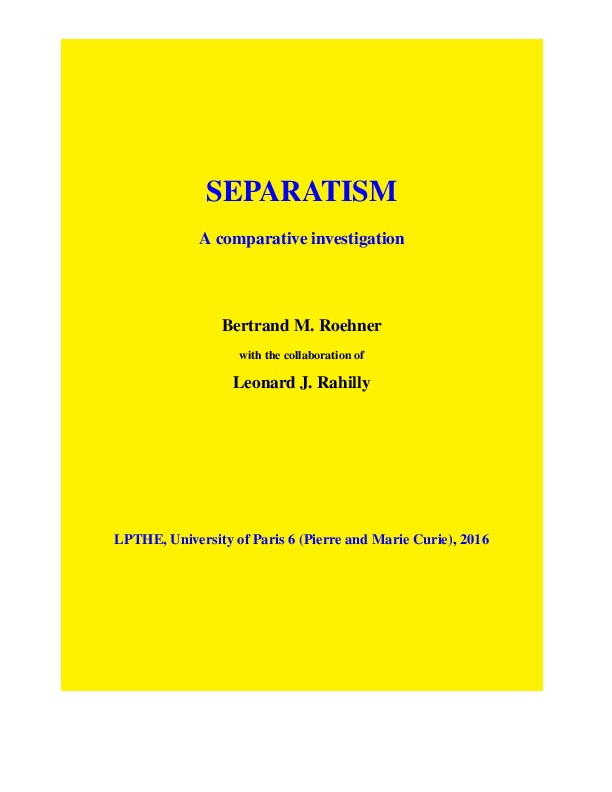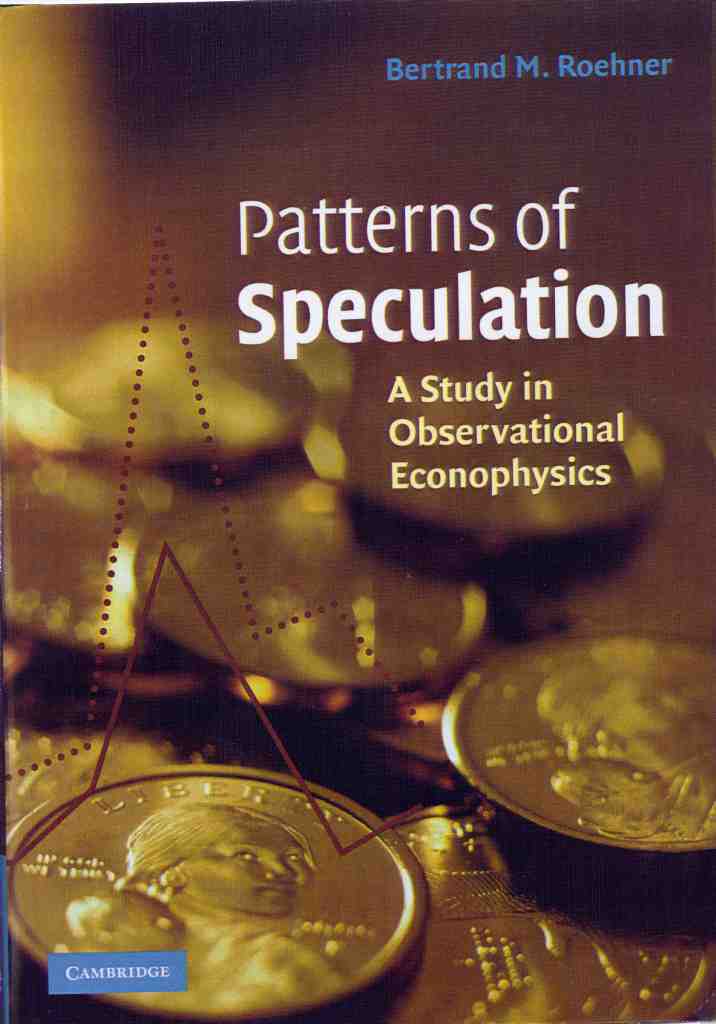MAKING HISTORY INTO A SCIENCE
Like astronomy, history has for first objective to make observations
and to do that as accurately as possible.
 However, together with its parent
field astrophysics, astronomy
also wants to organise and analyse its data in ways which
``make sense''. Although astronomical observations started
thousands of years ago, astronomy became a real science
only a few centuries ago. Nowadays
nobody would deny that astronomy and astrophysics are indeed
testable sciences.
However, together with its parent
field astrophysics, astronomy
also wants to organise and analyse its data in ways which
``make sense''. Although astronomical observations started
thousands of years ago, astronomy became a real science
only a few centuries ago. Nowadays
nobody would deny that astronomy and astrophysics are indeed
testable sciences.
For instance, by comparing the size of
stars we can understand that there exists
a critical mass under which there can be big planets like
Jupiter or Saturn but not stars. The nuclear reactions which
are the engine of stars can start only above a given
threshold of density and temperature.
Our objective is to give history the same ability.
We wish to raise its status from facts collecting
to providing testable predictions.
Countless events have been recorded
in numerous countries and over many centuries. Our goal now is to
make sense of them. We do that
not in an anthropocentric way as has mostly been tried so far, but
in the same manner as Kepler's laws happen to make sense of
the observations performed by Tycho Brahe, that is to say
by way of comparisons of similar events.
A book entitled
``Pattern and Repertoire in History''
(Harvard University Press 2002)
explains this project.

The methodology is fairly simple.
Instead of considering
complicated global events such as the French Revolution
or the Pacific War, one should break them into
separate smaller modules. That is why this approach
is referred to as ``analytical history''.
Once this is done, it will usually
appear that these modular events
in fact occurred in many other occasions
and situations.
It is from this point that science can really start because
one is in a position to
analyze many observations of the same phenomenon. That
is the main requirement for a truly scientific
investigation. Single events can only be described. They cannot
be analyzed scientifically.
In its first part the book analyses the French and American
Revolutions.
In its second part it explores the core-pattern of
wars for territorial expansion over the past three centuries.
Finally, in its third part, it
proposes tools and techniques that will allow systematic
coverage of world events; in the decades following 2002
some of such tools
were duly developed on Internet.
Charles Tilly, one of the book's reviewers, wrote:
``I started to write that the authors bring a breath
of fresh air into historiography, then realized
that their arrival on the scene more closely
resembles a tornado. Good ideas, analogies, and
illustrations come swirling and densely packed''.
However, to be honest,
back in 2002 the book's publication was far from
resembling a tornado. Actually, in the USA where it was published
it went almost unnoticed. Although its authors and reviewers were
expecting that the book would convince other researchers to
follow this path and approach, that did not happen.
As the saying goes,
``A tree must be judged by its fruits''. In other words,
the main challenge is not to propose clever methodological
guidelines but rather to show that by using these guidelines
one can indeed get a better understanding.
By ``better
understanding'' we mean that previously unrelated events
and episodes suddenly will appear as different facets
of a common pattern. This will
open the way to (successful) predictions in the same way
as
in medicine correct characterization of an
illness allows reliable prognosis. Similarly, the three
laws found by Kepler are valid not only in our Solar
System where they were discovered but also in
other solar systems.
 The cluster methodology proposed in ``Pattern and Repertoire''
was applied to the investigation of separatism
in a book entitled ``Separatism'' .
The cluster methodology proposed in ``Pattern and Repertoire''
was applied to the investigation of separatism
in a book entitled ``Separatism'' .
What makes this topic a good testing field for the cluster
methodology is the fact that there have been hundreds of
separatist episodes. It is true that we do not have detailed
information for all of them, but even if one restricts the study
to those which occurred during the past two centuries there
are dozens of such episodes.
REVIEWS OF ``PATTERN and REPERTOIRE''
Excerpts of two pre-publication reviews (2001) .
The first was written by Charles Tilly, a renowned US researcher
in socio-history.
The second is due to
John Markoff.
Both reviews were destined to Harvard University Press
prior to the decision to publish the book.
The post-publication
reviews posted below reveal a cultural gap
in the sense that the transition from individual
events to clusters of similar events (which is
the main methodological innovation of our approach)
is almost completely overlooked.
One might think that the necessity of making comparisons
is better recognized by intelligence agencies
for instance at the Pentagon or State Department.
Undoubtedly comparative studies are done in these
institutions as shown by the fraction of
them which are publicly
available. However, one can have some doubts about
how effectively they are done.
For instance, since 1945 there have been
many episodes of US forces
arming, training and supporting
foreign troops.
Some were successful (e.g. in South
Korea or Latin America) whereas others were not
(e.g. in China, Vietnam and now Afghanistan).
In short, it does not seem that the crucial parameters
which control such episodes are well understood.
Or may be other considerations (e.g. in the case of Vietnam
the spurious ``domino effect'') have overridden
the conclusions of the analysts.
Two post-publication
reviews by historians (2003) plus
an answer by one of the co-authors
These reviews were published in an American journal
entitled ``Historically Speaking''. In addition,
the journal gave one of the co-authors the opportunity
to write an answer to the two reviews.
A review by an economic
historian (2004)
REVIEW OF ``SEPARATISM AND INTEGRATION''
Review by an economist (2006)
To our best knowledge this review which appeared 4 years after
the book's publication was the only review ever made.
Incidentally, it can be observed that the book was initially
sold at the price of $75 (i.e. 66% higher than
the price of $45 of ``Pattern and Repertoire'' which
has 17% more pages). Then quite surprisingly, its price
was raised to $82.50 in 2006 and $117 in 2007.
Needless to say, such a high price had quite a deterrent effect
on potential buyers. No explanation was given by the publisher
in response to our enquiry.
OTHER INVESTIGATIONS USING THE CLUSTER METHODOLOGY
Subsequently,
the same methodology was used in several other studies.
For instance:

A book entitled
``Patterns of Speculation'' (Cambridge UP, 2002)
investigates speculative trading in stocks, real estate,
rare books and rare stamps.

Part 2 of ``Driving Forces'' (Cambridge UP, 2007) is an
exercise in analytical history in which we investigate
public relations campaigns and colonization episodes.

A comparative exploration of episodes
of military occupations was made in a series of studies
which cover the occupations of China, Hawaii, Iceland, Japan, South
Korea. The comparison reveals several common features and patterns.
 However, together with its parent
field astrophysics, astronomy
also wants to organise and analyse its data in ways which
``make sense''. Although astronomical observations started
thousands of years ago, astronomy became a real science
only a few centuries ago. Nowadays
nobody would deny that astronomy and astrophysics are indeed
testable sciences.
However, together with its parent
field astrophysics, astronomy
also wants to organise and analyse its data in ways which
``make sense''. Although astronomical observations started
thousands of years ago, astronomy became a real science
only a few centuries ago. Nowadays
nobody would deny that astronomy and astrophysics are indeed
testable sciences. 
 The cluster methodology proposed in ``Pattern and Repertoire''
was applied to the investigation of separatism
in a book entitled
The cluster methodology proposed in ``Pattern and Repertoire''
was applied to the investigation of separatism
in a book entitled 

